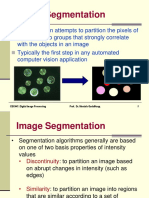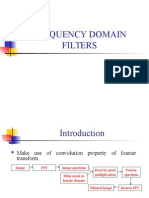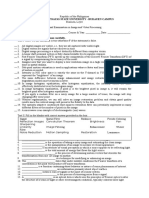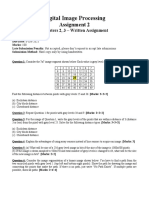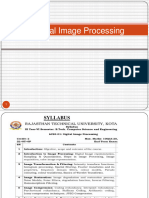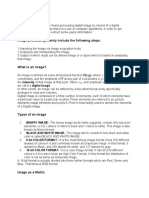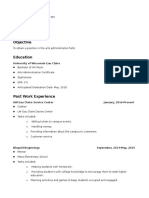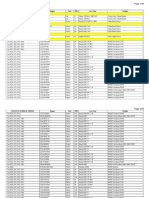0% found this document useful (0 votes)
2K views42 pagesDigital Image Processing Unit 1
Digital image processing involves manipulating digital images through mathematical operations. A digital image is composed of pixels arranged in a grid, with each pixel location having a discrete intensity value. Digital image processing has many applications including medical imaging, document analysis, and object recognition. The basic steps in digital image processing are image acquisition, enhancement, restoration, compression, and analysis. Specialized hardware and software are used to process images efficiently.
Uploaded by
Anusha PadmavathiCopyright
© © All Rights Reserved
We take content rights seriously. If you suspect this is your content, claim it here.
Available Formats
Download as PPTX, PDF, TXT or read online on Scribd
0% found this document useful (0 votes)
2K views42 pagesDigital Image Processing Unit 1
Digital image processing involves manipulating digital images through mathematical operations. A digital image is composed of pixels arranged in a grid, with each pixel location having a discrete intensity value. Digital image processing has many applications including medical imaging, document analysis, and object recognition. The basic steps in digital image processing are image acquisition, enhancement, restoration, compression, and analysis. Specialized hardware and software are used to process images efficiently.
Uploaded by
Anusha PadmavathiCopyright
© © All Rights Reserved
We take content rights seriously. If you suspect this is your content, claim it here.
Available Formats
Download as PPTX, PDF, TXT or read online on Scribd
/ 42





























